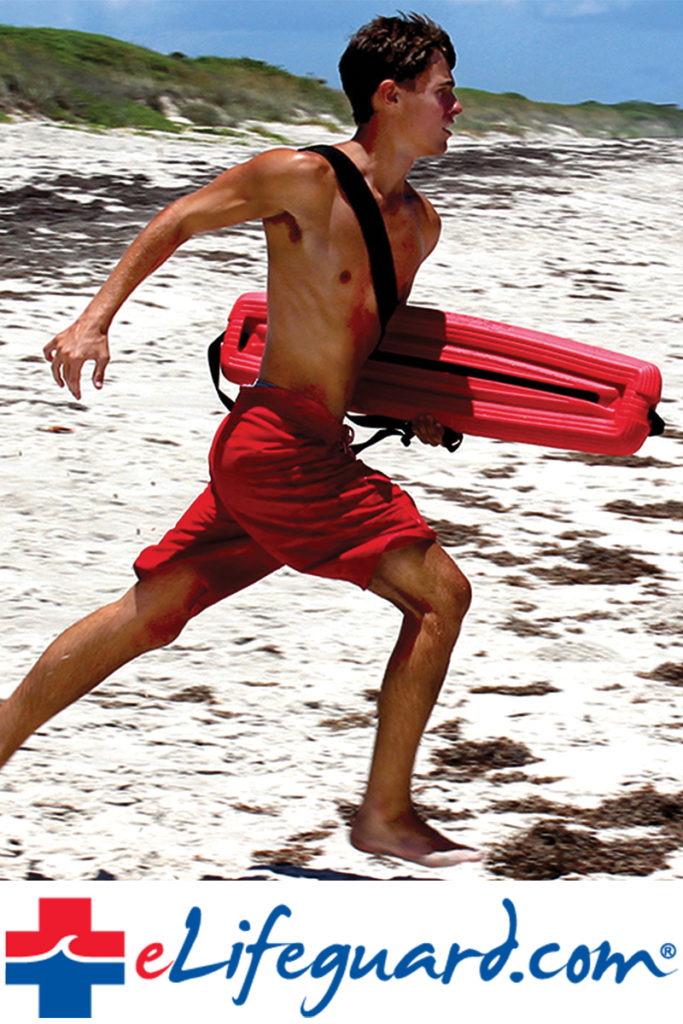CPR Treatments For COVID-19 Victims
The past few weeks have been challenging, to say the least. Most of us have never had to prepare for a crisis of this magnitude — let alone the health and safety concerns that come along with it. For lifeguards, drowning victims are almost always at the top of the list. Although most beaches have closed, the effects of COVID-19 are expected to linger, so lifeguards should stay in the know on the latest protocol.
The American Heart Association (AHA) has released a set of interim CPR guidelines for rescuers to follow when working with someone with suspected or confirmed COVID-19. These guidelines help minimize the risk of a rescuer getting COVID-19 while saving a drowning victim or cardiac arrest victim.
Here are the guidelines:
Reduce provider exposure to COVID-19
1. Before entering the scene, all rescuers should don PPE to guard against contact with
both airborne and droplet particles. Consult individual health or emergency medical
services (EMS) system standards as PPE recommendations may vary considerably on
the basis of current epidemiologic data and availability.
2. Limit personnel in the room or on the scene to only those essential for patient care.
3. In settings with protocols and expertise in place for their use, consider replacing
manual chest compressions with mechanical CPR devices to reduce the number of
rescuers required for adults and adolescents who meet the manufacturers height and
weight criteria.
4. Clearly communicate COVID-19 status to any new providers before their arrival on
the scene or receipt of the patient when transferring to a second setting.
Prioritize oxygenation and ventilation strategies with lower aerosolization risk.
5. Attach a HEPA filter securely, if available, to any manual or mechanical ventilation
device in the path of exhaled gas before administering any breaths.
6. After healthcare providers assess the rhythm and defibrillate any ventricular
arrhythmias, patients in cardiac arrest should be intubated with a cuffed tube, at the
earliest feasible opportunity. Connect the endotracheal tube to a ventilator with a
HEPA filter, when available.
7. Minimize the likelihood of failed intubation attempts by:
a) Assigning the provider and approach with the best chance of first-pass success to
intubate
b) Pausing chest compressions to intubate
8. Video laryngoscopy may reduce intubator exposure to aerosolized particles and
should be considered, if available.
9. Before intubation, use a bag-mask device (or T-piece in neonates) with a HEPA filter
and a tight seal, or, for adults, consider passive oxygenation with non-rebreathing face
mask (NRFM), covered by a surgical mask.
10. If intubation is delayed, consider manual ventilation with a supraglottic airway or
bag-mask device with a HEPA filter.
11. Once on a closed circuit, minimize disconnections to reduce aerosolization.
Consider the appropriateness of starting and continuing resuscitation.
12. Address goals of care with COVID-19 patients (or proxy) in anticipation of the
potential need for increased levels of care.
13. Healthcare systems and EMS agencies should institute policies to guide front-line
providers in determining the appropriateness of starting and terminating CPR for
patients with COVID-19, taking into account patient risk factors to estimate the
likelihood of survival. Risk stratification and policies should be communicated to
patients (or proxy) during goals of care discussions.
14. There is insufficient data to support extracorporeal cardiopulmonary resuscitation (ECPR) for COVID-19 patients.
To be sure that you are not missing out on any of our lifeguard videos & stories, please subscribe to our newsletter here.
For videos, articles, & events about lifeguarding related industry topics, visit www.lifeguardtv.com





